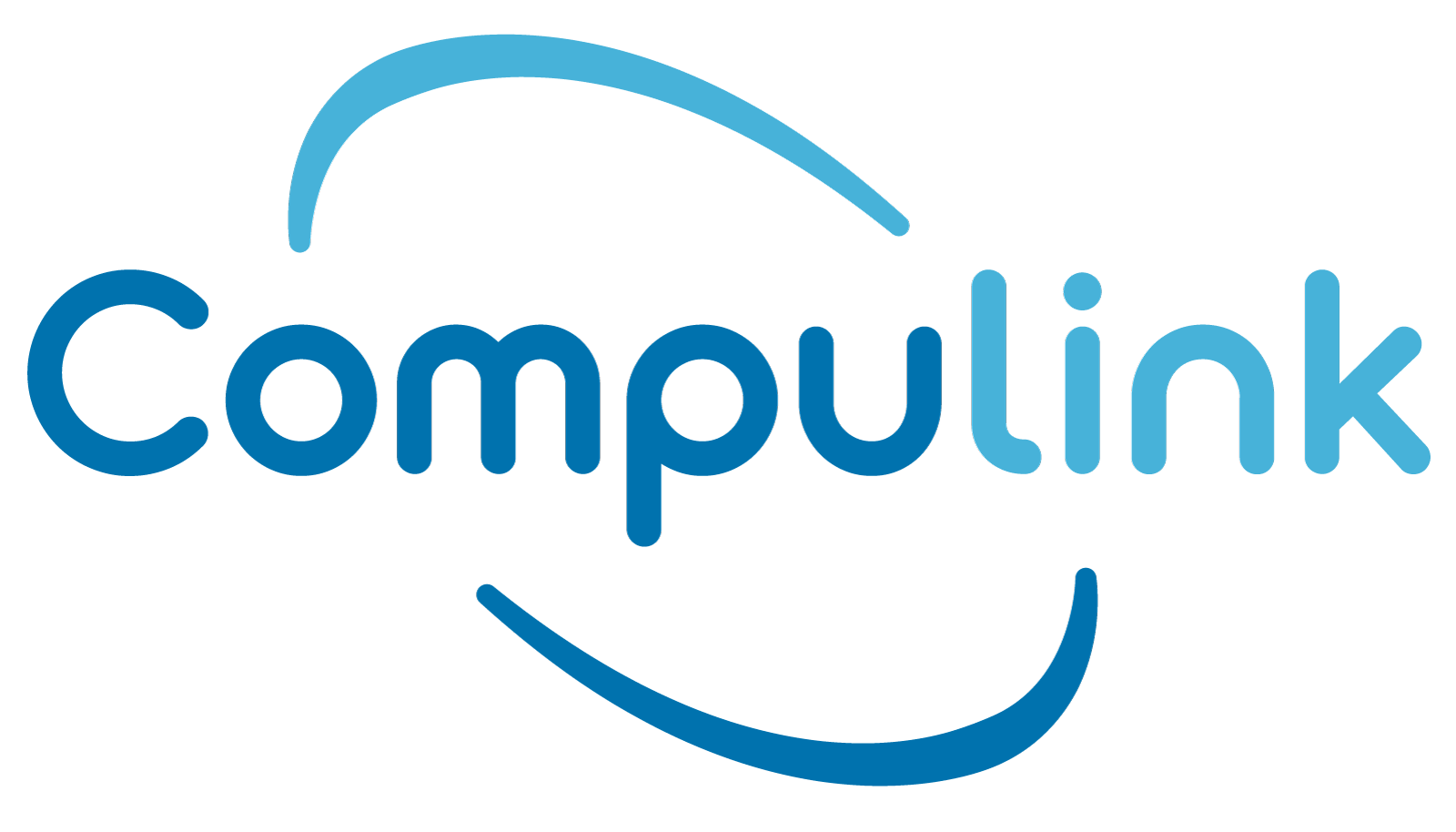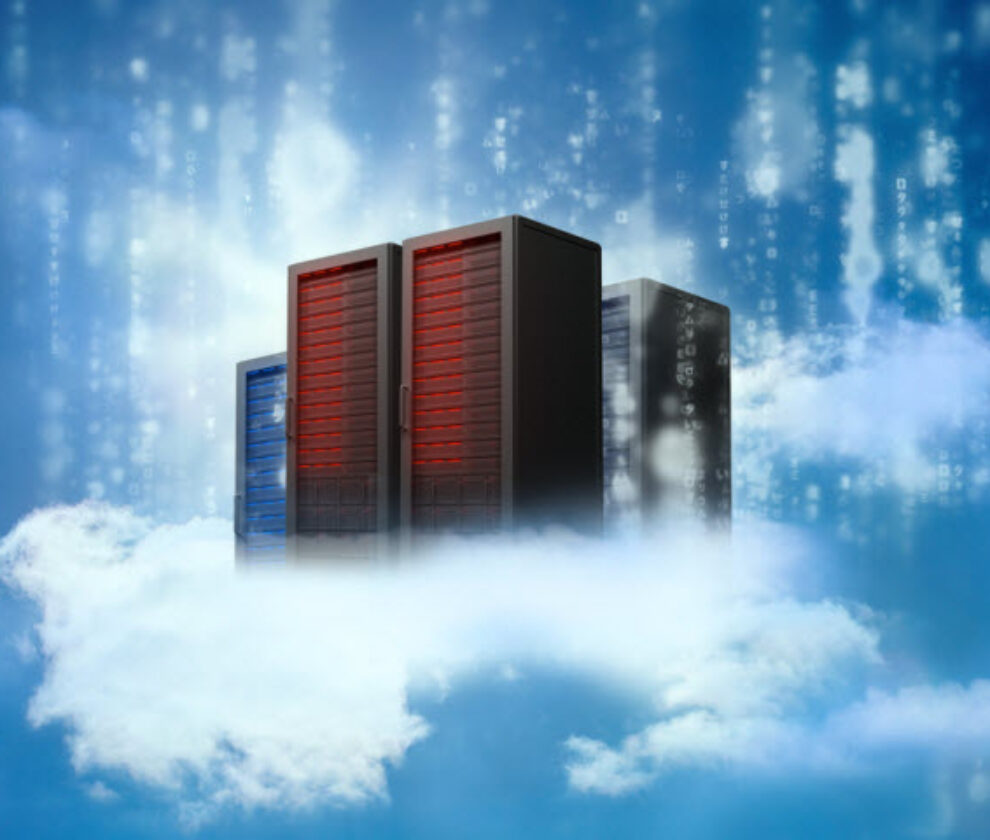As technology advances, it increasingly affects the work environment across many industries. Thanks to technology, there has been a surge of remote work employment the past decade. The State of the Remote Job Marketplace report from Flexjobs says there are now 3.9 million Americans or 2.9% of the total U.S. workforce who work from home at least half the time.
The increase of remote work comes with a growth in communication with remote colleagues. For example, a Microsoft Survey stated that 78% of the workforce report that they communicate with remote colleagues daily. These trends in remote work comes with its fair share of issues. Remote employees and in-house staff need to have digital meetings to foster productivity and teamwork. A Jabra Knowledge worker survey from 2015 reported that 63% of participants report that their meeting performance was negatively impacted by tech issues. Additionally, 10% of the average 45 minute meeting was reported to have been spent on tech glitches.
These statistics demonstrate that while remote work is on the rise, it comes with many obstacles that may hinder employment productivity. This is why it is important for organizations to adopt the appropriate cloud and hardware solutions to alleviate many of these technical setbacks.





